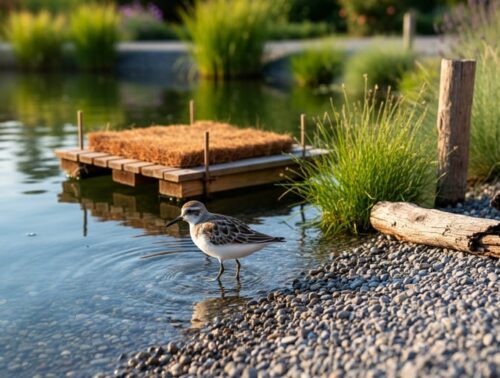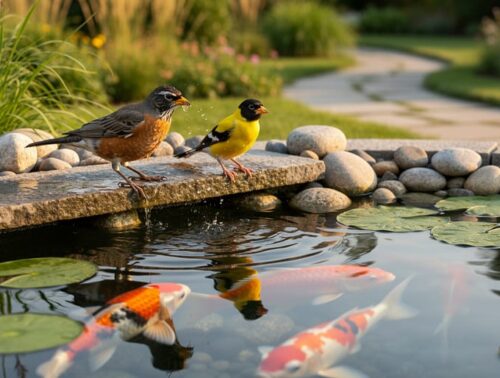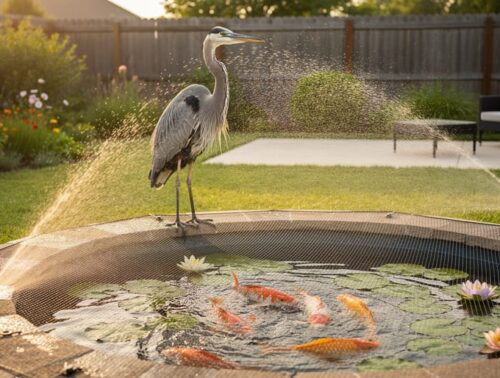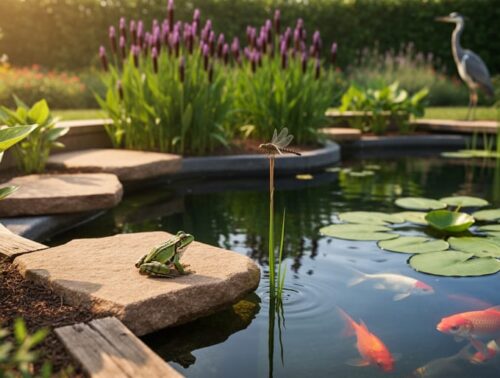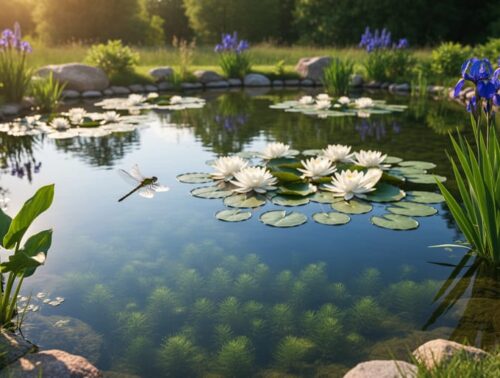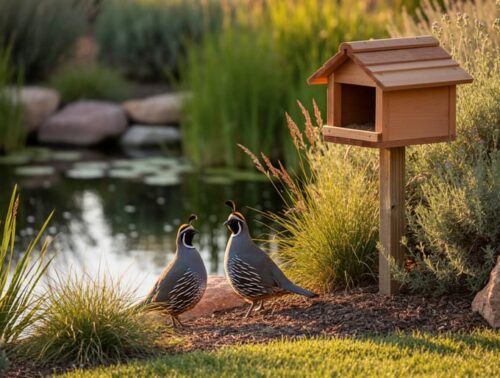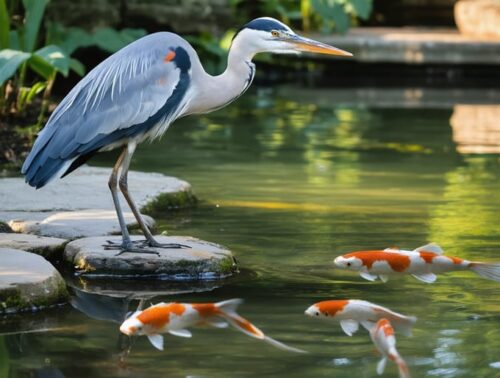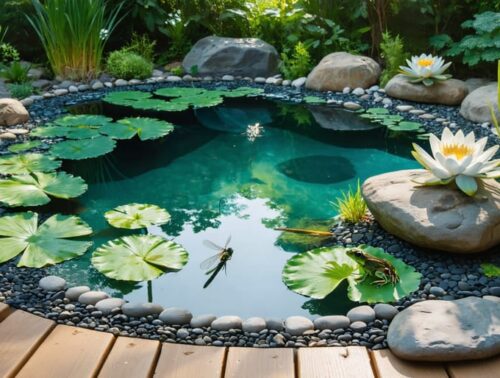Why Coastal Birds Need Your Backyard Pond (And How to Help Them Thrive)
Transform your backyard pond into a haven for coastal birds by installing shallow gravel beaches along pond edges where shorebirds can safely nest and forage. Create these gently sloping areas using pea gravel or small river rocks, maintaining water depths of 1-3 inches that mimic natural tidal zones where plovers, sandpipers, and terns typically breed.
Establish vegetation buffers using native salt-tolerant grasses and sedges around your pond perimeter to provide critical nesting cover and predator protection. Plant species like saltgrass or rush varieties in clusters 2-3 feet from the water’s edge, creating natural screens …

